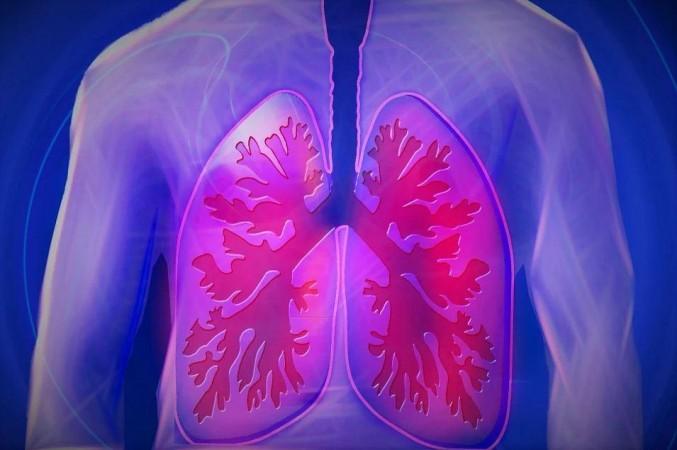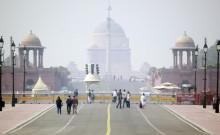
World Lung Day, observed annually on September 25th, is a global initiative aimed at raising awareness about lung health and promoting better lung care. This day serves as a stark reminder of the increasing prevalence of lung diseases, not just among smokers, but alarmingly, among non-smokers as well. Traditionally, lung diseases such as lung cancer and chronic obstructive pulmonary disease (COPD) have been associated with smoking.
However, recent observations by medical experts have revealed a significant increase in respiratory cases among non-smokers. This rise is attributed to passive smoking and air pollution, which are now recognized as major risk factors for lung disease.
Dr. Sunil Kumar K, Lead Consultant - Interventional Pulmonology at Aster CMI Hospital, Bengaluru, explains the underlying mechanism. He states, "Microscopic pollutants penetrate the lungs, causing cell damage and inflammation. Over time, this can induce cancerous mutations." This statement underscores the insidious nature of air pollution and its detrimental impact on lung health.
The dangers of passive smoking, often overlooked, are equally significant. Dr. Kumar further elaborates, "Chronic exposure to polluted air not only harms lung tissue but slowly weakens the immune defense of the body. Even for those who have never smoked, passive smoking poses a serious threat. Breathing in smoke from the environment from someone smoking nearby or lingering smoke indoors can be just as harmful."

The World Health Organization notes that 99 per cent of the world's population breathes unhealthy air. Climate change is a major driver of air pollution, which can impact lung health. Children, older adults, and people with existing respiratory conditions are especially vulnerable. Dr. Kuldeep Kumar Grover, Head of Critical Care and Pulmonology at CK Birla Hospital, Gurugram, highlights other risk factors for lung problems in non-smokers.
He mentions childhood respiratory infections that may prevail in adulthood, and occupational hazards, especially in industries like mining or construction, where workers are continuously exposed to carcinogens, dust, and smoke. Lifestyle conditions like obesity, or engaging in minimal physical activity also predispose people to diseases by decreasing lung function. "Repeated childhood infections may lead to bronchiectasis in lungs, and cystic problems can also destroy lungs," Dr. Grover adds.
Common lung problems among non-smokers include respiratory infections, COPD, asthma, and tuberculosis (TB) infections, often linked to low immunity or childhood infections. The residual toxins even from third-hand smoke that settle on surfaces also put individuals, especially children and pets, at risk of health problems.
The experts' insights into the issue of lung diseases in non-smokers underscore the need for a comprehensive approach to lung health. Dr. Kumar emphasizes, "While smoking remains a well-known risk factor, much more is required to protect our lungs than avoiding cigarettes. We need cleaner air, smoke-free spaces, and a better understanding of the various hidden dangers we're exposed to every day."

















